Once lively with souvenir shops, ice cream stands, and camera-clicking visitors, several Canadian tourist towns now sit eerily silent. Once the lifeblood of regional economies, these destinations were shaped by changing travel patterns, environmental shifts, and economic collapses. As air travel replaced road trips and industry left rural areas, their charm faded into memory. Here are 25 Canadian tourist towns that became ghosts.
Val-Jalbert, Quebec

Built around a pulp mill in 1901, Val-Jalbert thrived with workers and families before suddenly collapsing in 1927 when the mill shut down. Its well-preserved homes and church made it one of Quebec’s first restored ghost towns. Tourism later revived the site, but it never regained its permanent population. The once-bustling community now serves as a heritage park showcasing early 20th-century industrial life. Visitors can wander through reconstructed streets, ride a cable car, and view Ouiatchouan Falls. Despite the efforts, no one lives there anymore, turning it into a museum frozen in time rather than a living town.
Barkerville, British Columbia
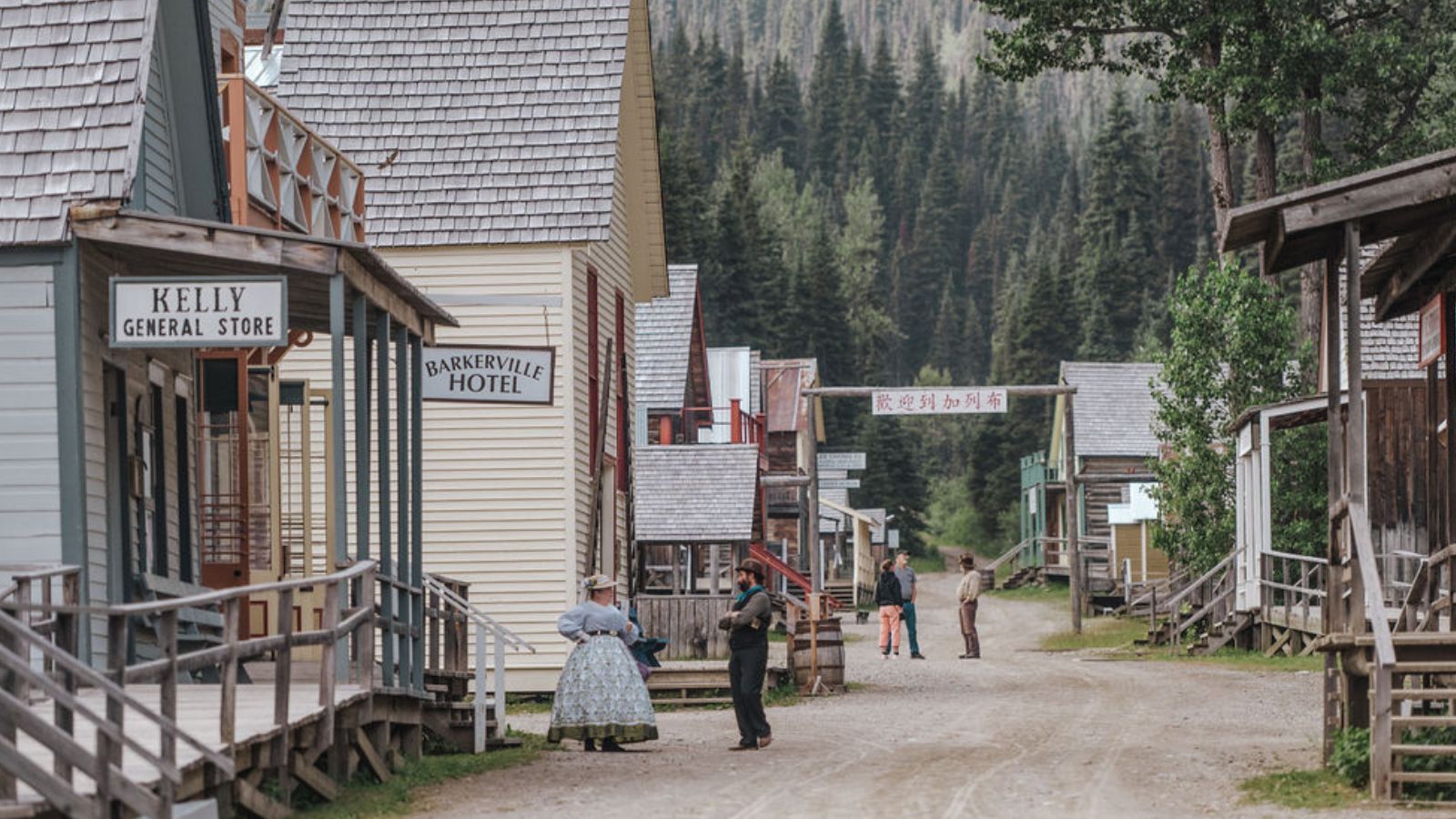
During the 1860s gold rush, Barkerville was one of the largest towns west of Toronto. Thousands of prospectors filled its wooden sidewalks, lured by Cariboo gold. However, once the rush faded, so did the population. Fires, declining yields, and isolation turned Barkerville into a relic by the 1890s. Today, it’s one of Canada’s best-preserved ghost towns, offering reenactments, historical buildings, and guided tours. While tourism saved its structures from decay, its original community spirit vanished. Once a hub of dreams and opportunity, Barkerville now thrives only as a living history site rather than a functioning settlement.
Sandon, British Columbia

Hidden deep in the Selkirk Mountains, Sandon was a booming silver mining town in the 1890s, with electricity before Vancouver had it. Over 5,000 people once lived here, enjoying theatres, hotels, and electric streetlights. Floods, fires, and mine closures erased its prosperity by the 1920s. Today, a handful of caretakers maintain restored buildings, but the town is mostly empty. Rusted rail cars and decaying storefronts remind visitors of its grandeur. Despite its isolation, it attracts history buffs and photographers who marvel at the resilience of the few structures still standing against time and nature.
Bankhead, Alberta
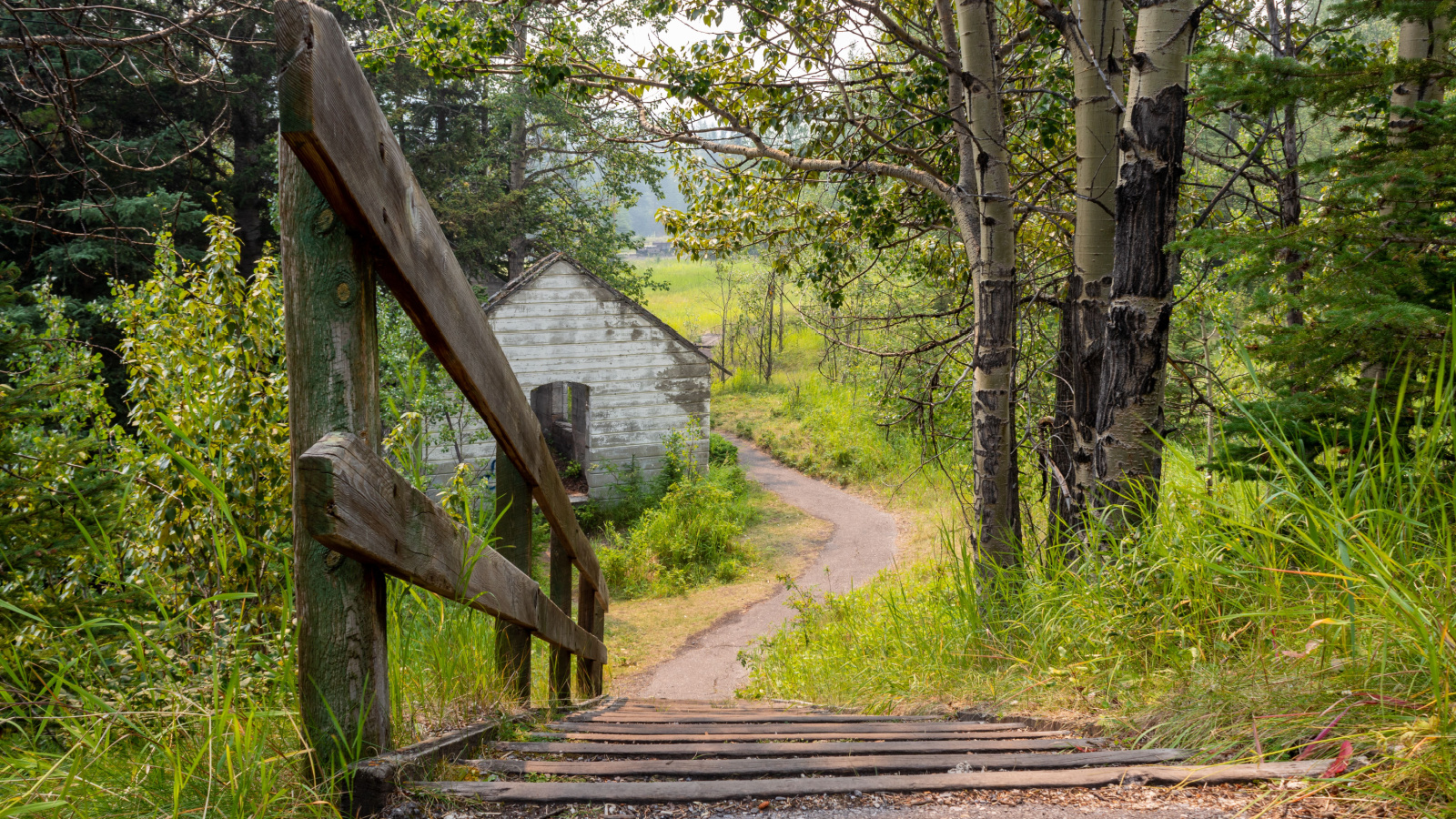
Just outside Banff, Bankhead was once a thriving coal-mining community run by the Canadian Pacific Railway. It housed miners, families, a school, and a church until operations stopped in 1922 due to poor profitability. Most of its buildings were dismantled or relocated, leaving behind only foundations and interpretive signs. Today, it’s part of Banff National Park’s history trails, with moss-covered ruins offering a glimpse of life before the park prioritized conservation over industry. Tourists walk through the remnants without realizing that this quiet area once echoed with the sounds of coal cars and steam whistles.
Silver Islet, Ontario

Situated on Lake Superior’s northern shore, Silver Islet was once home to one of the richest silver mines in the world. Operating from 1868 to 1884, it attracted hundreds of workers and families. However, flooding and the exhaustion of ore deposits led to its decline. The site’s isolated location made rebuilding impossible. Today, only a few cottages and foundations remain, surrounded by wilderness. The old mining shafts are now underwater, and the village’s pier lies in ruins. Once a beacon of wealth, Silver Islet is now a ghostly marker of Canada’s early industrial ambition.
Kitsault, British Columbia
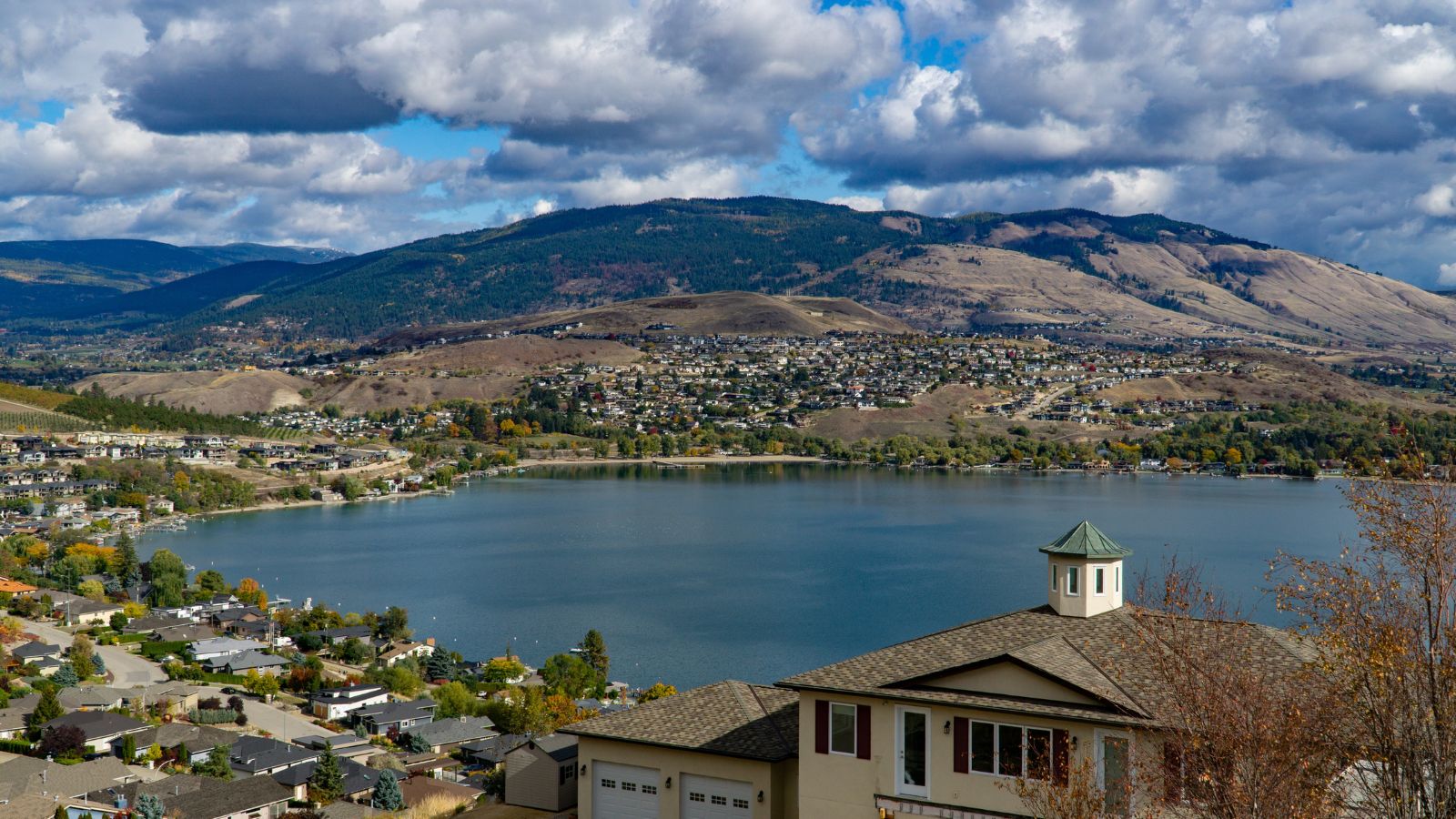
Built in the late 1970s by a mining company for molybdenum workers, Kitsault was a model town with modern amenities. Within just two years, the market for molybdenum collapsed, forcing the entire population to leave in 1982. The company locked the doors and maintained the property, creating an eerie “frozen in time” town. Today, it remains fully intact with homes, a hospital, and even streetlights that still work. Despite occasional proposals for redevelopment, no one lives there. Kitsault serves as one of Canada’s youngest ghost towns and a striking example of corporate optimism gone wrong.
Rowley, Alberta
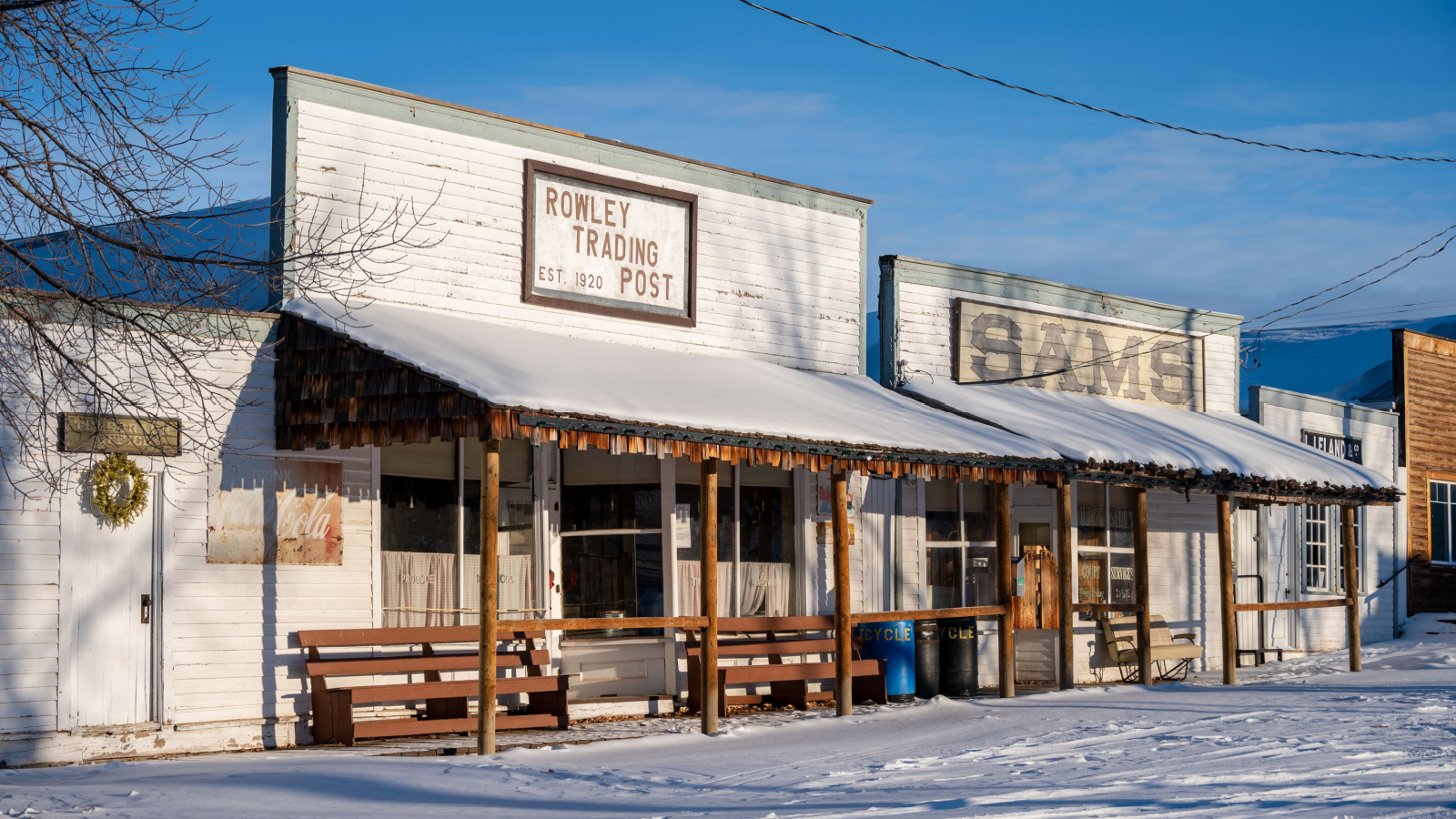
Rowley once thrived as a prairie railway town in the early 1900s, with grain elevators, shops, and movie nights at the local hall. The decline of rail traffic and rural depopulation turned it into a near-empty village by the 1970s. Locals preserved their heritage buildings, turning it into a quirky tourist attraction. Old Main Street looks straight out of the 1920s, yet only a few residents remain. Weekend events occasionally revive its spirit, but the rest of the week, it sits silent under prairie skies. Its preserved facades keep the illusion of life long after real residents moved away.
Balaclava, Ontario
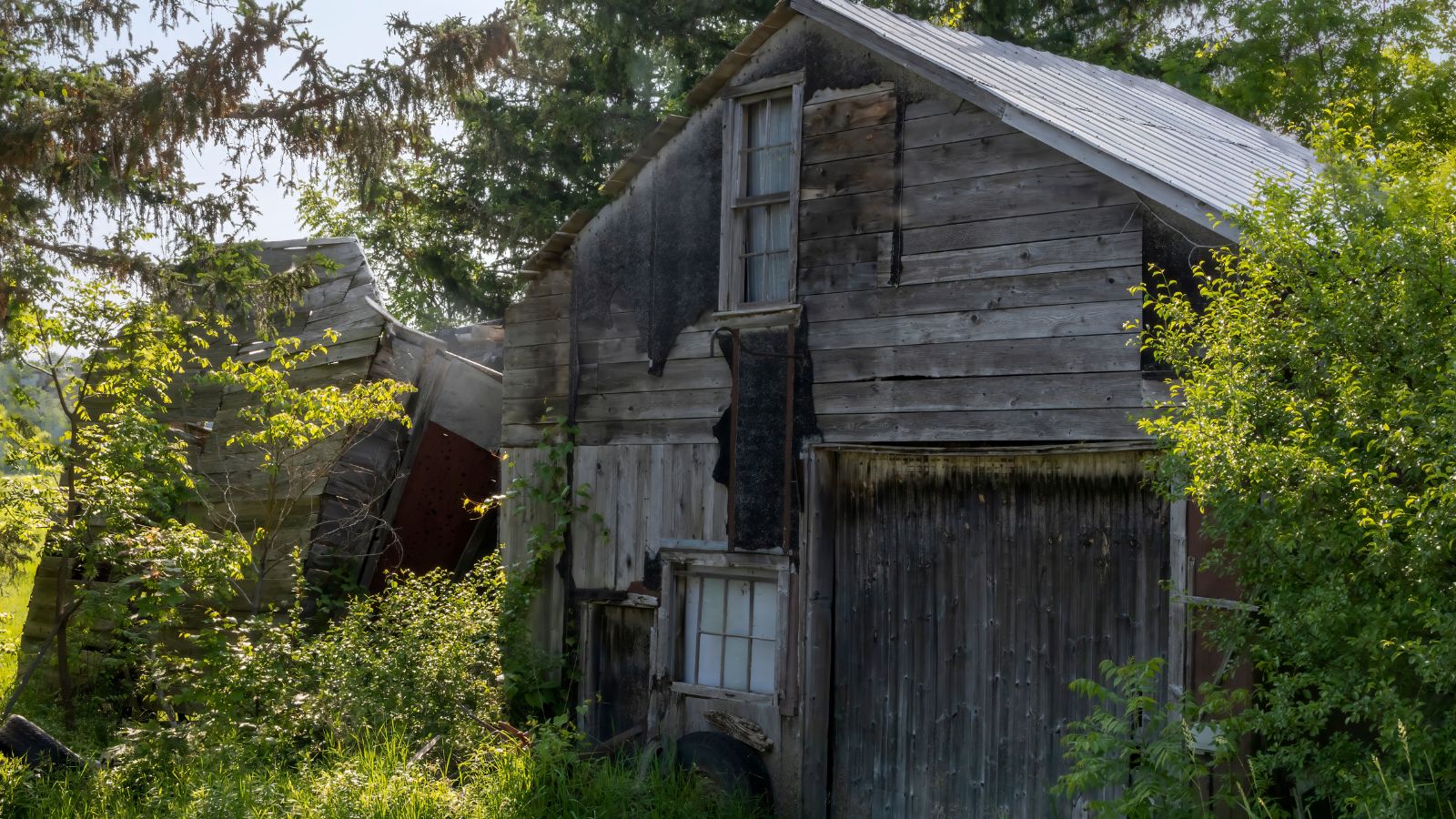
Balaclava’s sawmill sustained the community for decades until it closed in the 1950s. Without employment, families left, leaving behind wooden structures that still stand along the river. The sawmill remains one of the best-preserved water-powered mills in Ontario, though it’s long been silent. Balaclava never transitioned into a tourism hub; instead, it decayed quietly. The old general store and homes lean precariously, surrounded by trees reclaiming the land. Today, it attracts urban explorers fascinated by its untouched authenticity. Unlike restored heritage sites, Balaclava remains eerily real—a true ghost of Ontario’s lumber era.
Ocean Falls, British Columbia

Accessible only by boat or plane, Ocean Falls once had 3,500 residents working for a pulp and paper mill. It boasted an Olympic-sized pool and modern infrastructure in the 1950s. When the mill shut down in 1980, most people left overnight. The government attempted to maintain a small community, but decay set in quickly. A few residents and caretakers still live among the ruins, surrounded by moss-covered streets and collapsing buildings. Ocean Falls stands as a stark reminder of the fragility of company towns dependent on a single industry.
Cobalt, Ontario

During the early 1900s, Cobalt produced a massive silver boom that helped fund the Toronto Stock Exchange. The town grew rapidly with saloons, banks, and thousands of miners. When the silver ran out, so did the people. Fires and fluctuating metal prices further devastated the area. Today, fewer than 1,000 residents remain, and abandoned shafts and equipment dot the landscape. Though technically not abandoned, much of old Cobalt stands in ruins. It’s both a heritage site and a ghostly shell of its once-glistening identity as the “Silver City.”
Nemiscam, Alberta
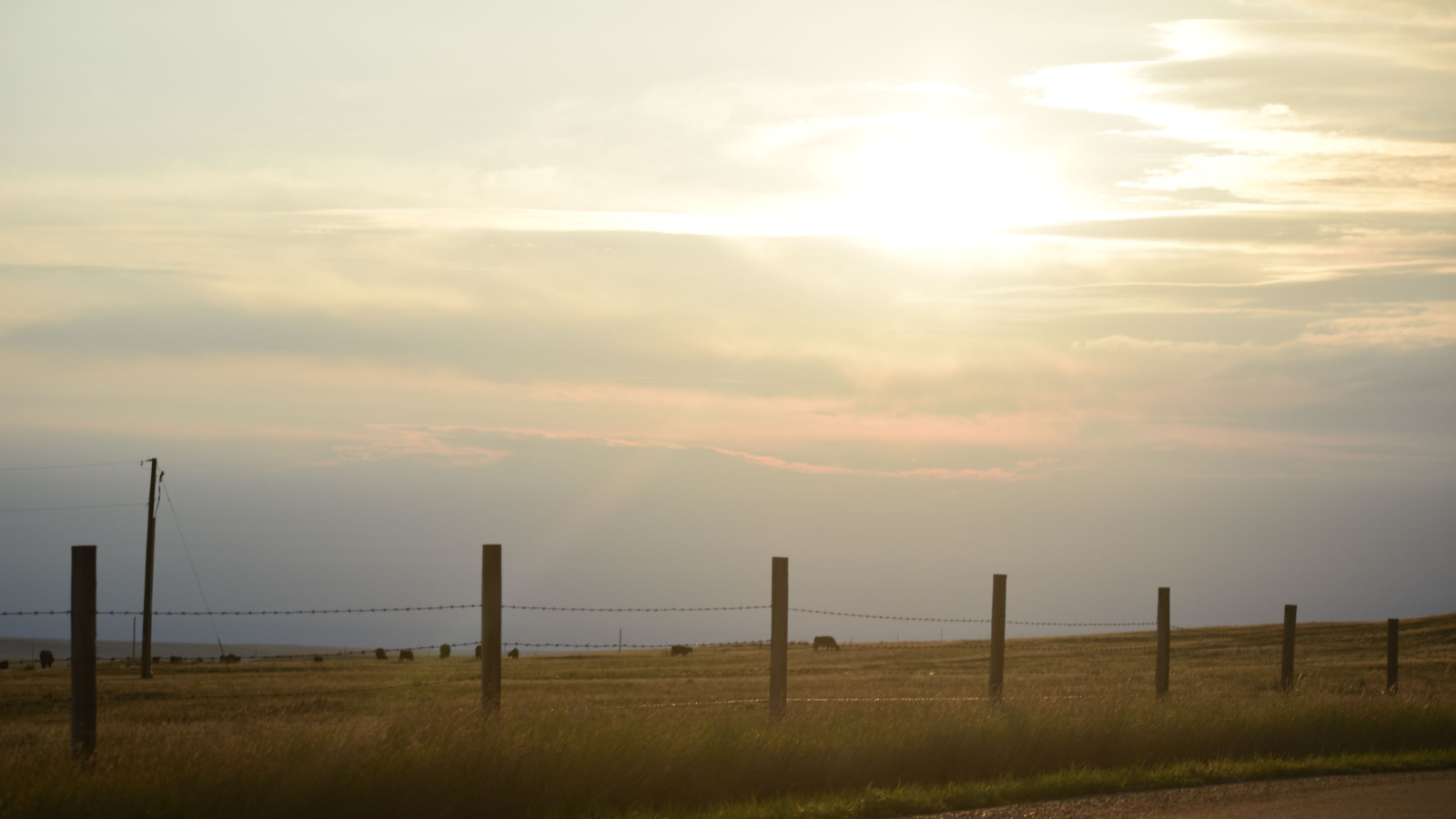
Once a bustling railway service point, Nemiscam thrived during the early 20th century, complete with a post office, grain elevator, and several stores. The rise of highway transport and the consolidation of rail services spelled its end. By the 1960s, most residents had moved to nearby towns. Only a few weathered buildings remain, surrounded by wide-open prairie. Photographers and history enthusiasts occasionally visit, but there are no facilities or active preservation. Nemiscam is a true ghost settlement, a place erased by efficiency and progress, yet still whispering stories through its fading structures.
Pine Point, Northwest Territories
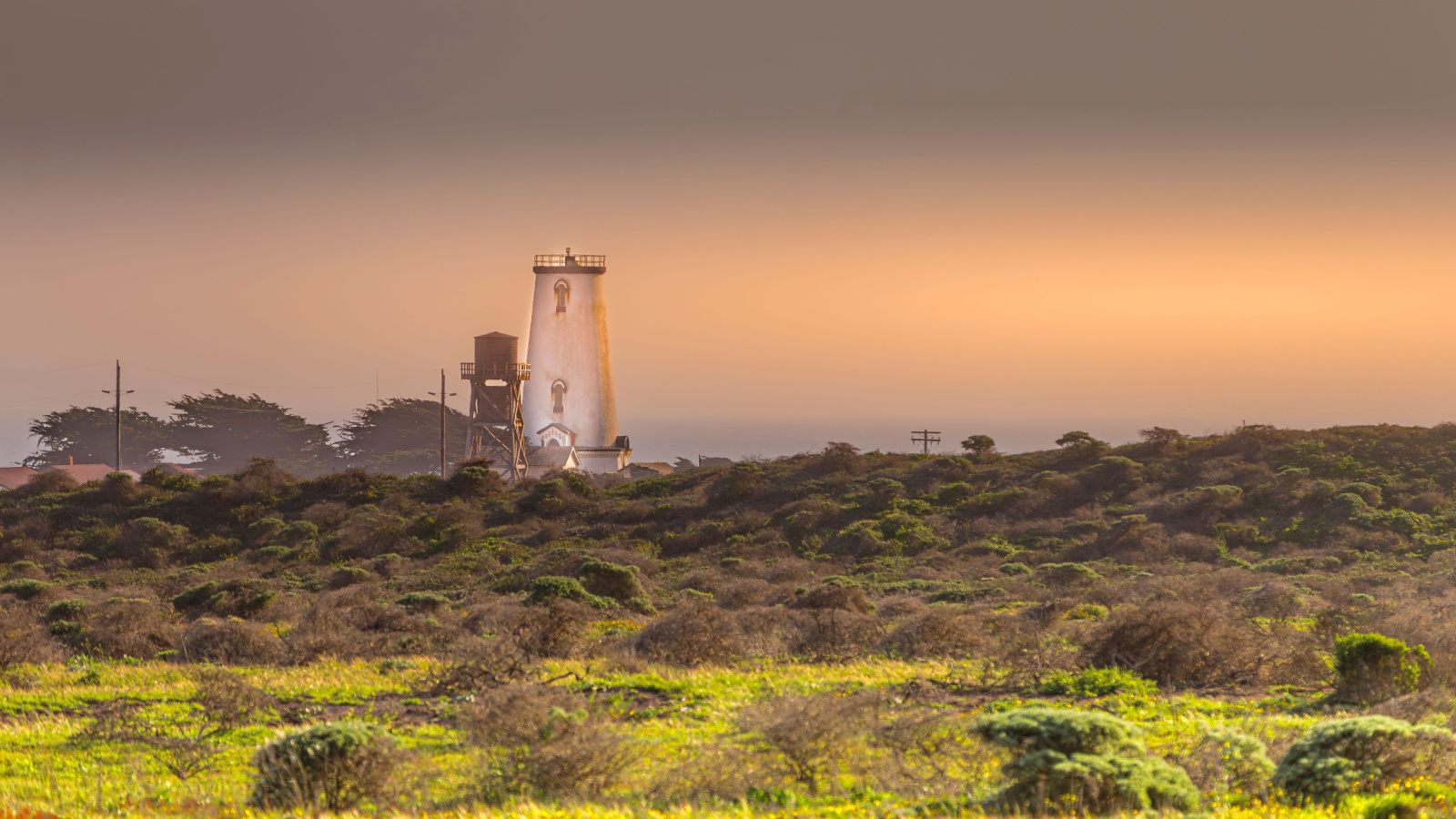
Pine Point was once a vibrant mining town built by Cominco in the 1960s to extract lead and zinc. It had schools, paved roads, and even an arena. When the mine closed in 1988, the entire town was dismantled. Today, only concrete foundations remain. Nature has reclaimed most of the area, leaving little trace of the once-thriving community. Pine Point’s disappearance was so complete that it became the subject of a multimedia project exploring memory and loss. Its brief but impactful existence makes it one of Canada’s most thoroughly erased towns.
New Denver’s Mining District, British Columbia
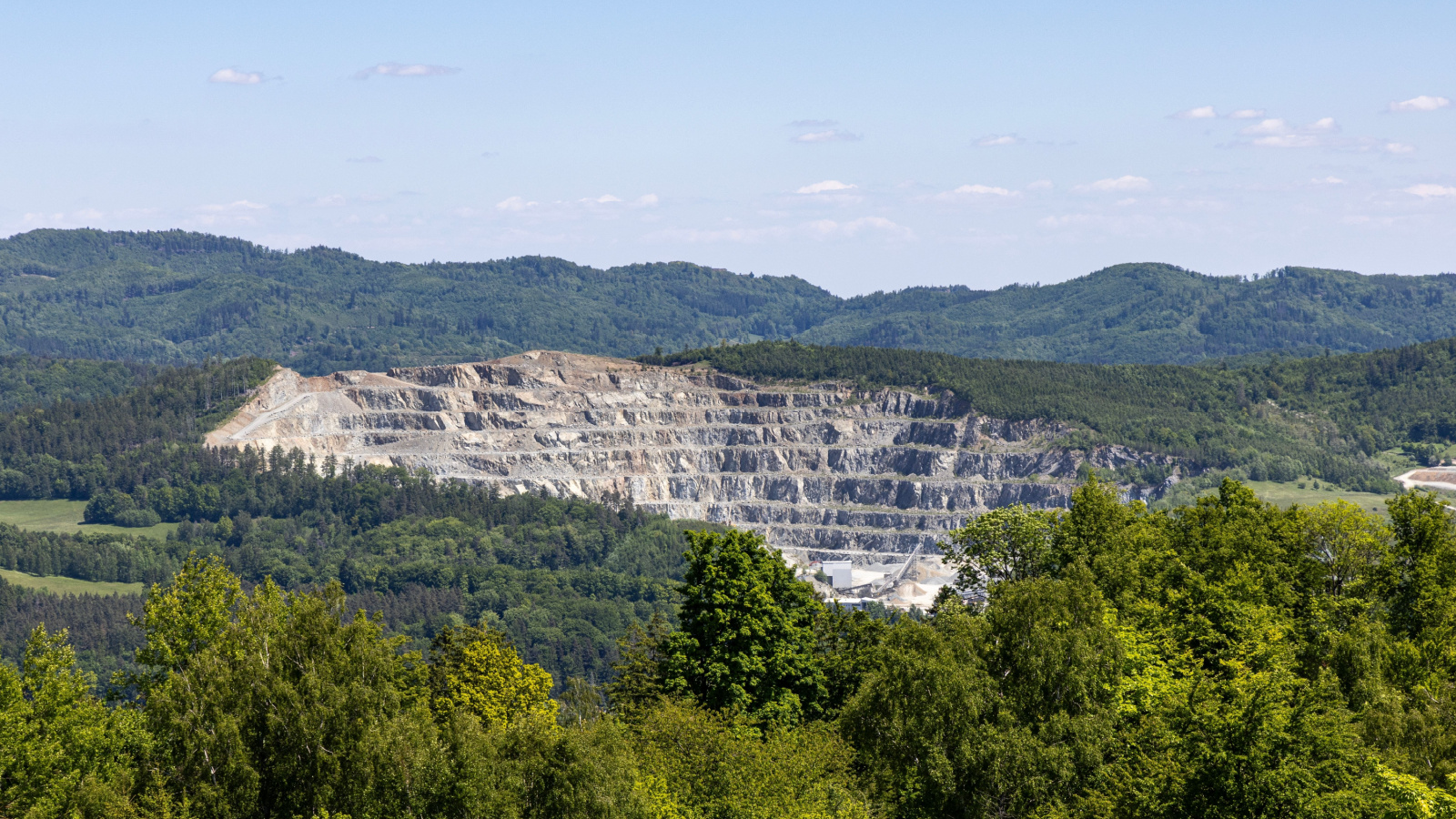
New Denver itself survives, but its surrounding mining camps, like Payne and Alamo, vanished long ago. Once teeming with miners seeking silver in the 1890s, these smaller towns had hotels, schools, and stores. When the ore dried up, people left, and the forests reclaimed the sites. Only scattered foundations and rusted tools remain. Hiking trails now pass through what were once busy streets. These lost sub-towns show how entire micro-communities can disappear while their “parent” town endures, holding faint traces of those who built its early wealth.
Jordan River, British Columbia

Jordan River was a small logging and hydroelectric town on Vancouver Island. It flourished mid-century when logging was at its peak. After seismic studies declared the area at risk due to the nearby dam, most residents relocated in the 2010s. The houses still stand, boarded up but structurally sound, giving them an eerie post-evacuation feel. Surfers still visit for the excellent waves, unaware that the town once had a close-knit population. The emptiness feels recent, with abandoned mailboxes and gardens hinting at lives abruptly paused.
Dawson City’s Outskirts, Yukon
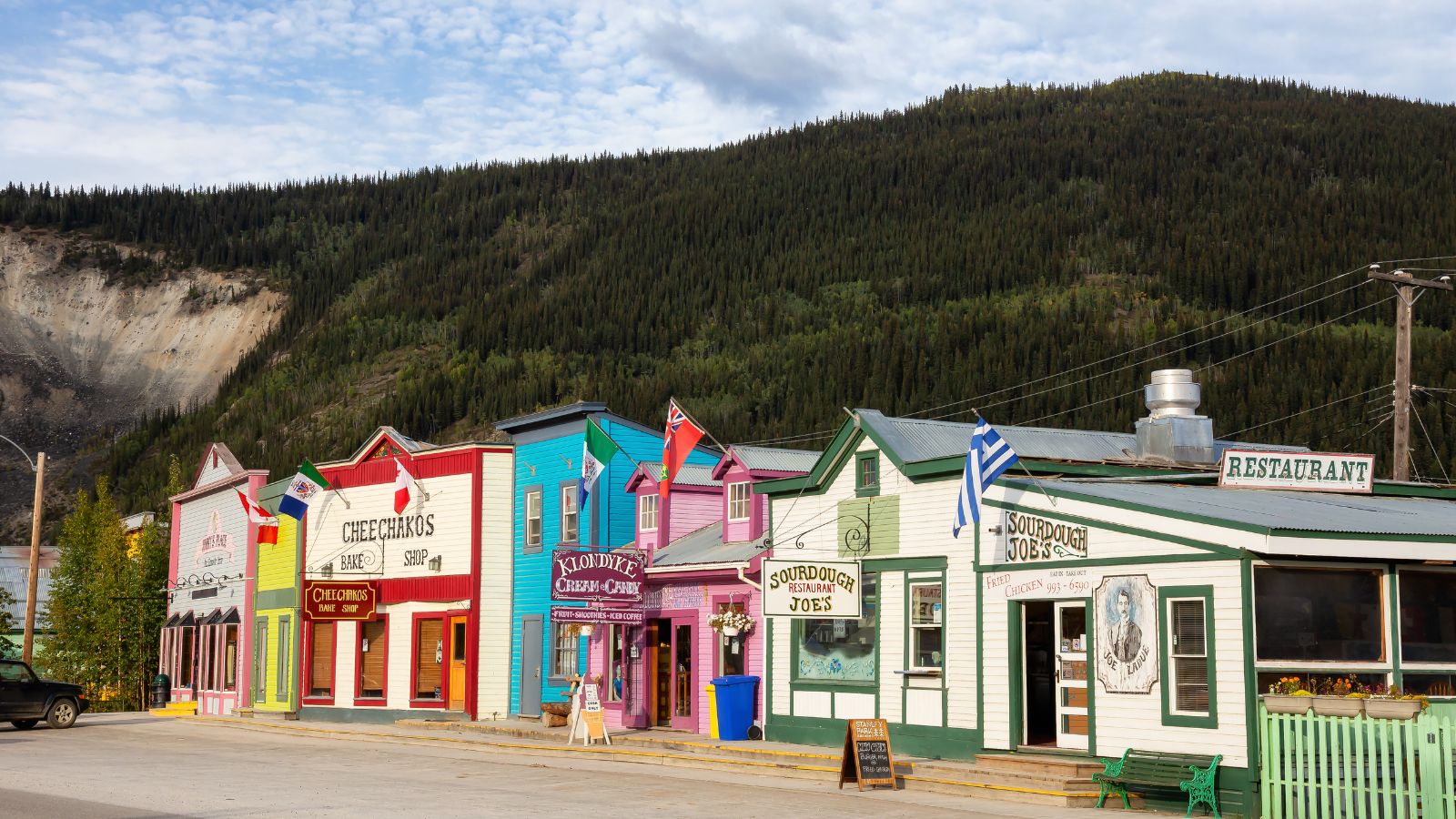
While Dawson City itself survives as a tourist attraction, its surrounding gold rush settlements, like Bear Creek and Forty Mile, became ghost towns. Once filled with hopeful prospectors, they declined rapidly when gold deposits were exhausted. Bear Creek, operated by the Yukon Consolidated Gold Corporation, was abandoned in the 1960s. Machinery and homes remain remarkably preserved due to the cold climate. Visitors can walk through rows of intact buildings that tell of early 20th-century industrial ambition. These satellite towns remind us how even near-success stories can fade once the rush ends.
Lille, Alberta
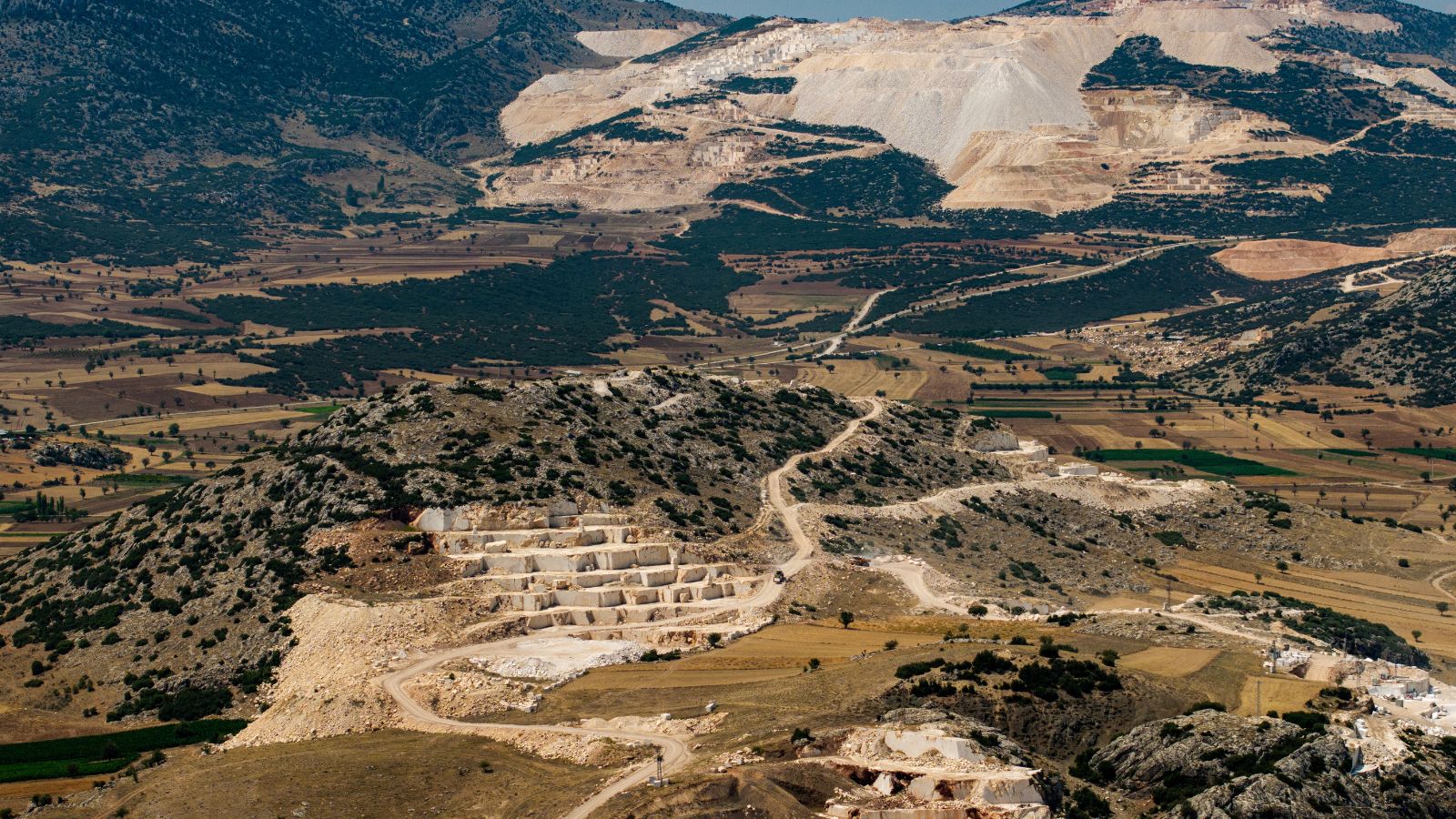
Lille was a small mining town in the Crowsnest Pass, established in 1901. It grew quickly with coke ovens, a hotel, and homes, but closed in 1912 when the coal market declined. The company dismantled most of the town, and what’s left are stone ruins hidden in the forest. Archaeologists and history enthusiasts occasionally survey the site, but no active tourism occurs. The remote setting and harsh winters ensured Lille’s total disappearance from modern maps. Today, hikers stumble upon its remnants without realizing they stand in the ruins of a once-promising town.
Nicholson, Ontario
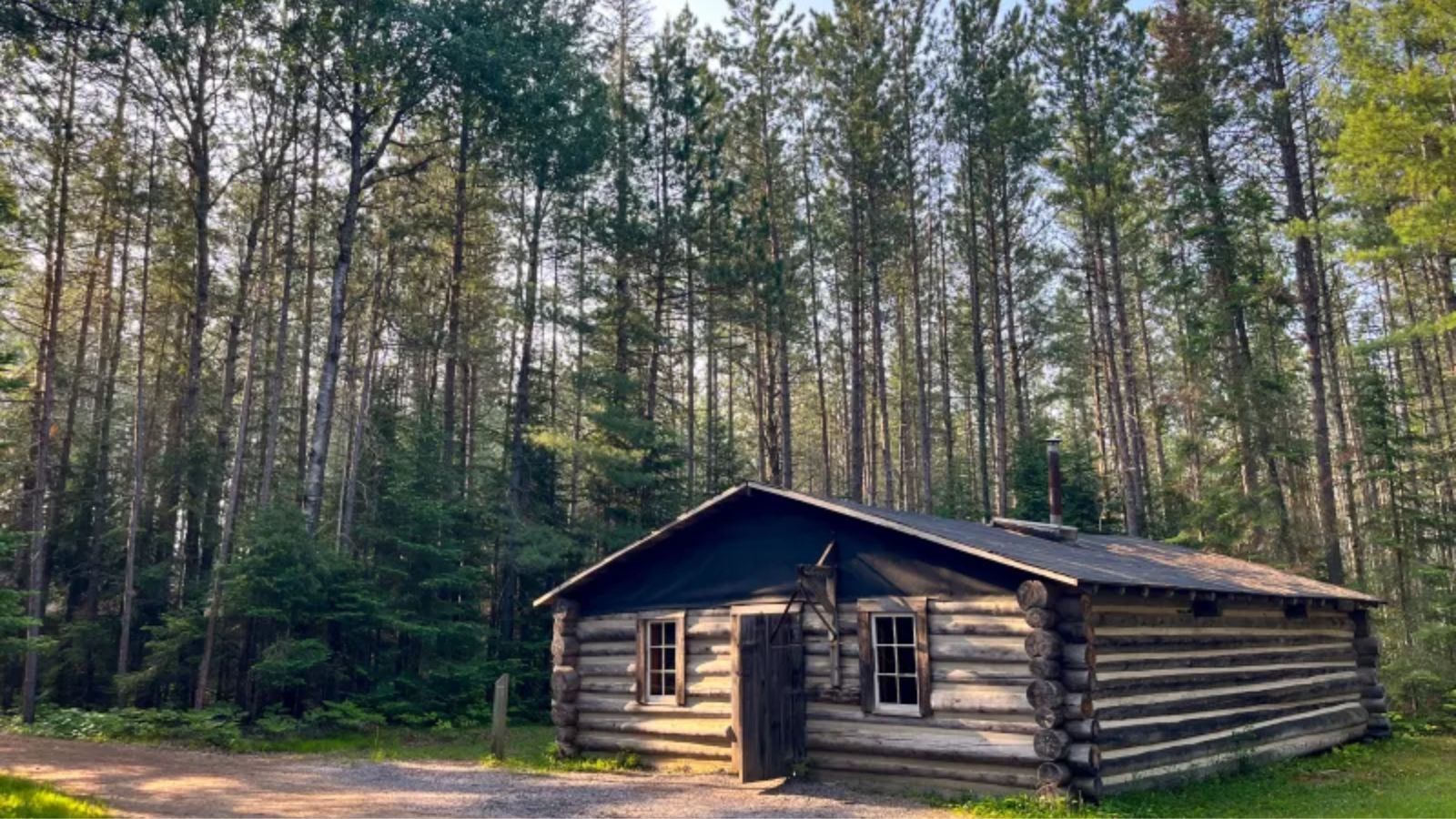
Nicholson began as a railway town serving nearby logging operations in the early 1900s. The railway’s decline and changing lumber routes led to its slow death. By the 1970s, only a handful of residents remained. Today, moss-covered foundations and rusting rail tracks are all that survive. The town’s story mirrors many small Ontario settlements that vanished as industry moved northward or overseas. While few records remain, locals still share stories of a community that once buzzed with trains and timber shipments but vanished almost without notice.
Gagnon, Quebec
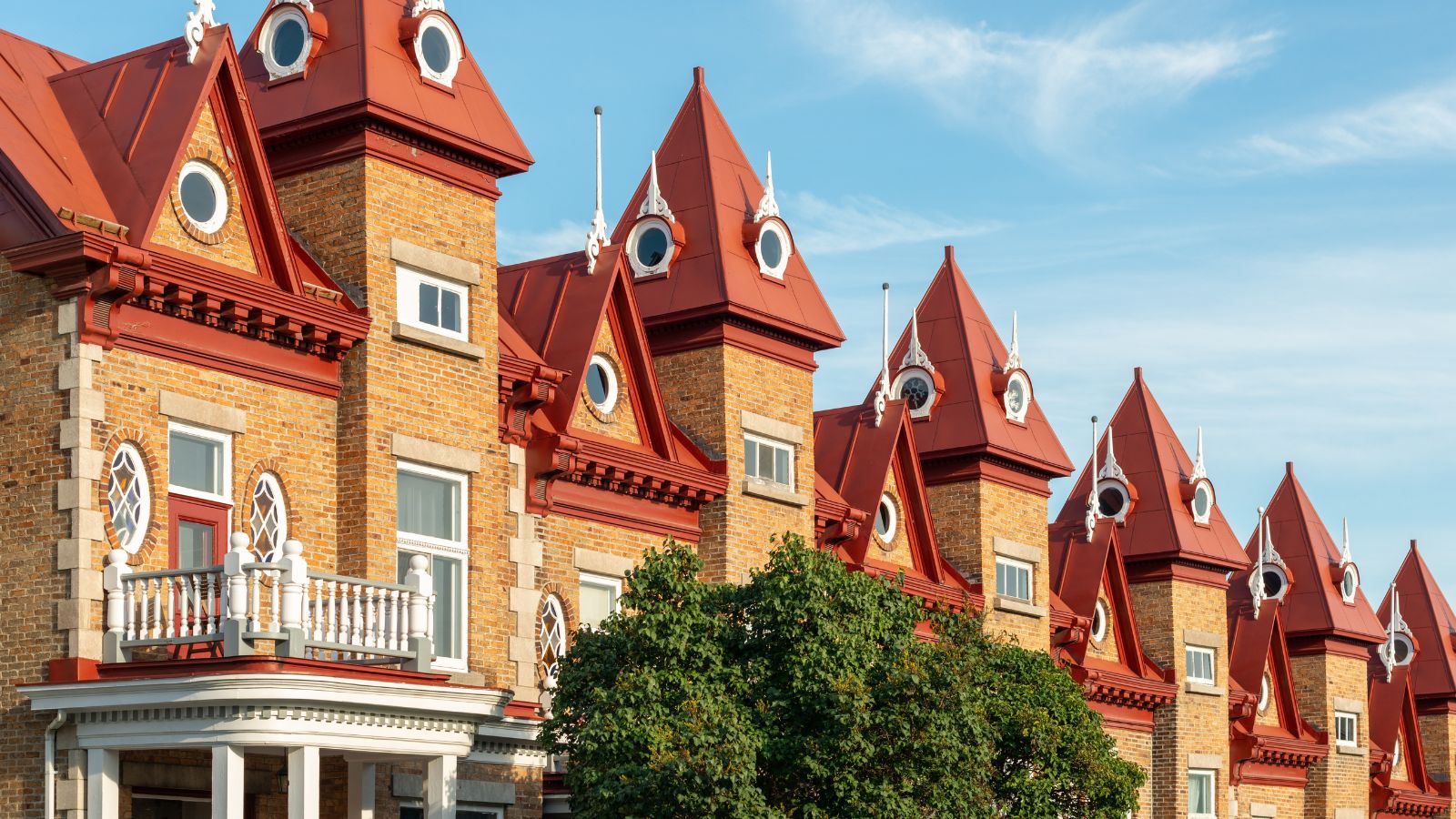
Built in the 1950s to support iron ore mining in northern Quebec, Gagnon was a fully planned community with paved streets and modern housing. When the mine closed in 1985, the government demolished everything. Only street grids visible from the air mark its existence. The area reverted entirely to wilderness. Gagnon is unusual because it was deliberately erased, buildings, utilities, and even sidewalks removed. Once a proud example of northern development, it now survives only in archival photos and faint road signs. Few ghost towns in Canada disappeared as thoroughly as this one.
Anyox, British Columbia
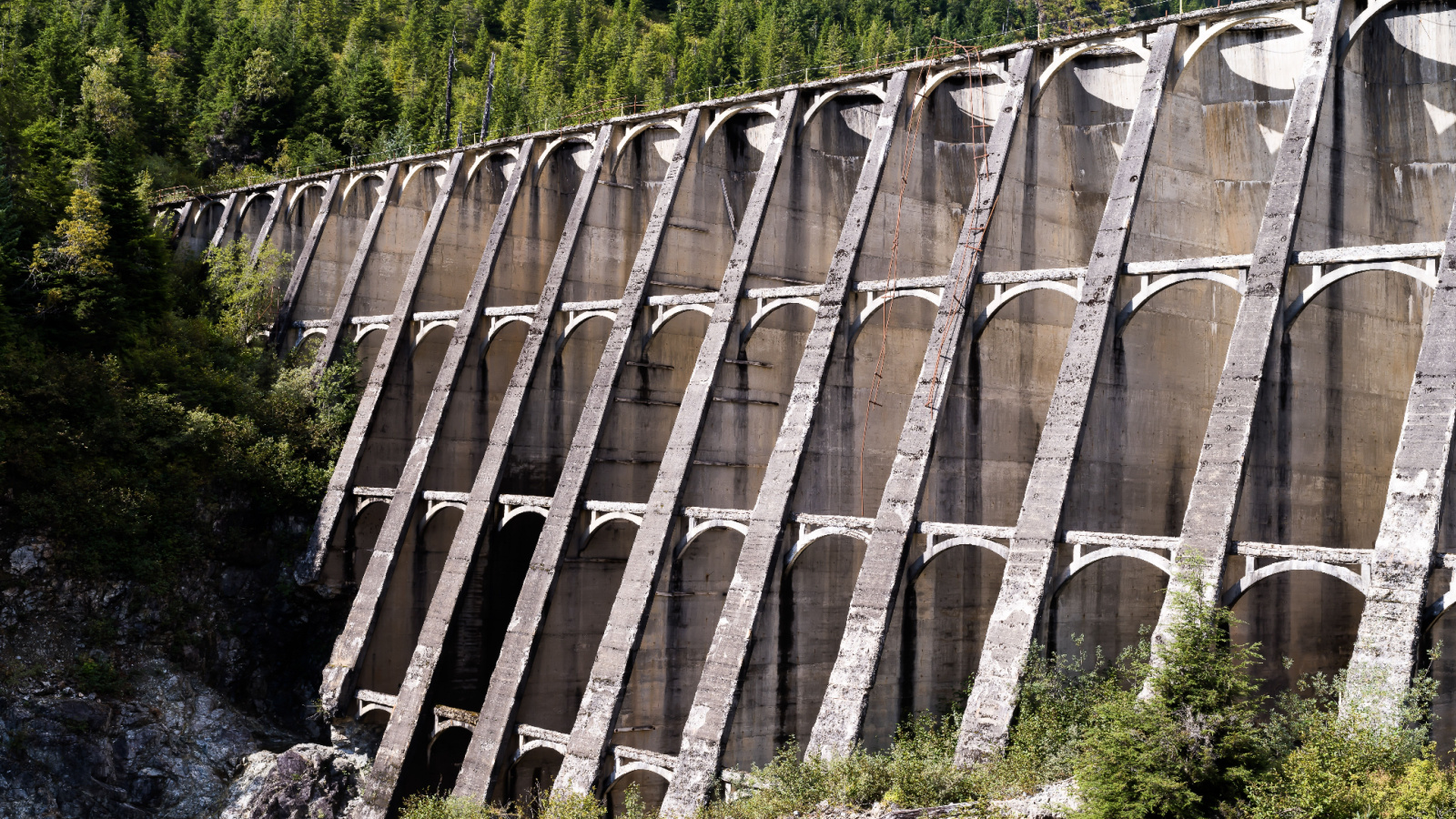
Anyox, once a major smelter town, had over 3,000 residents in the early 1900s. Fires and floods destroyed much of it, and operations ceased in 1935. Isolated by rugged terrain, it was never rebuilt. The remains of its massive smelter, concrete foundations, and power plant still dominate the landscape. Anyox symbolizes industrial ambition cut short by natural and economic forces. Today, adventurers reach it only by boat, finding an eerie landscape of decaying machinery surrounded by dense forest. It remains one of the most photogenic yet inaccessible ghost towns in the province.
Horwood, Ontario

Horwood developed as a sawmill and logging town southwest of Timmins. It thrived through the 1930s but declined when the mill closed in the 1940s. The railway stopped running, and families drifted away. Today, Horwood Lake is known for fishing and camping, but the original town no longer exists. Stone foundations and rusting equipment hide among trees near the lake. Nature reclaimed it completely, leaving little evidence of its busy past except for local legends passed down by nearby residents.
Sinclair, Manitoba
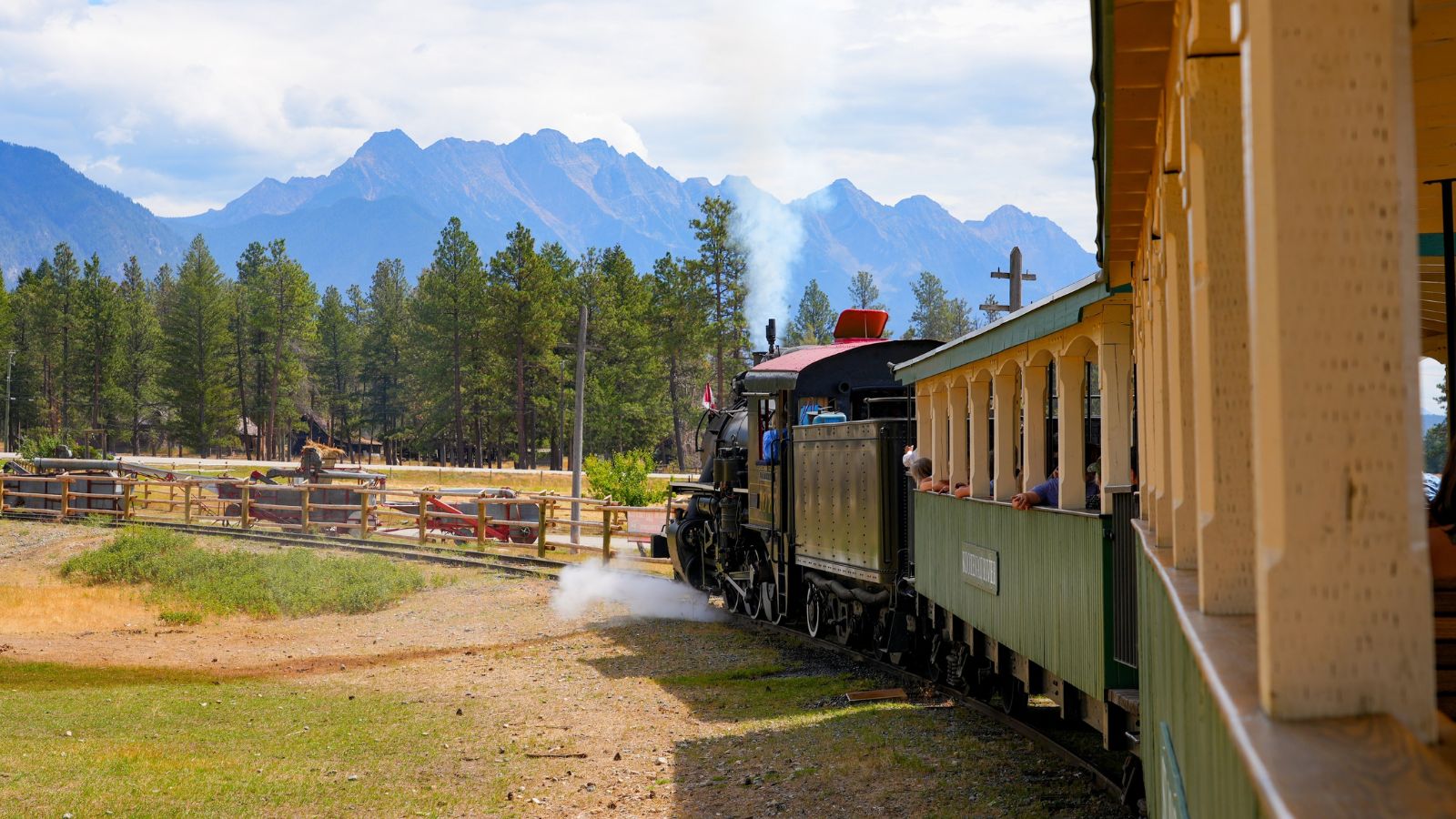
Sinclair grew around a grain elevator and railway siding during the early 20th century. The decline of rail freight and the consolidation of farms emptied it out. By the 1990s, most buildings stood abandoned. The town’s post office, once a community hub, closed permanently. Only the elevator and a few houses remain, serving as haunting reminders of rural depopulation. Despite its accessibility, few stop to explore. The silence along its main road reflects the fate of many prairie towns that vanished as modern agriculture became more centralized.
Keefer, Ontario

Keefer served as a railway junction and supply stop during early transcontinental rail construction. Once filled with workers and families, it gradually emptied after the rail lines were automated and local services stopped. The remnants include an old hotel, rail beds, and cellar foundations scattered in the forest. Archaeologists occasionally map its structures, but it receives few visitors. Keefer’s story shows how progress, ironically through better transportation, can erase the very communities it once supported. The forest has reclaimed nearly every trace of its former life.
Bridge River Valley Settlements, British Columbia
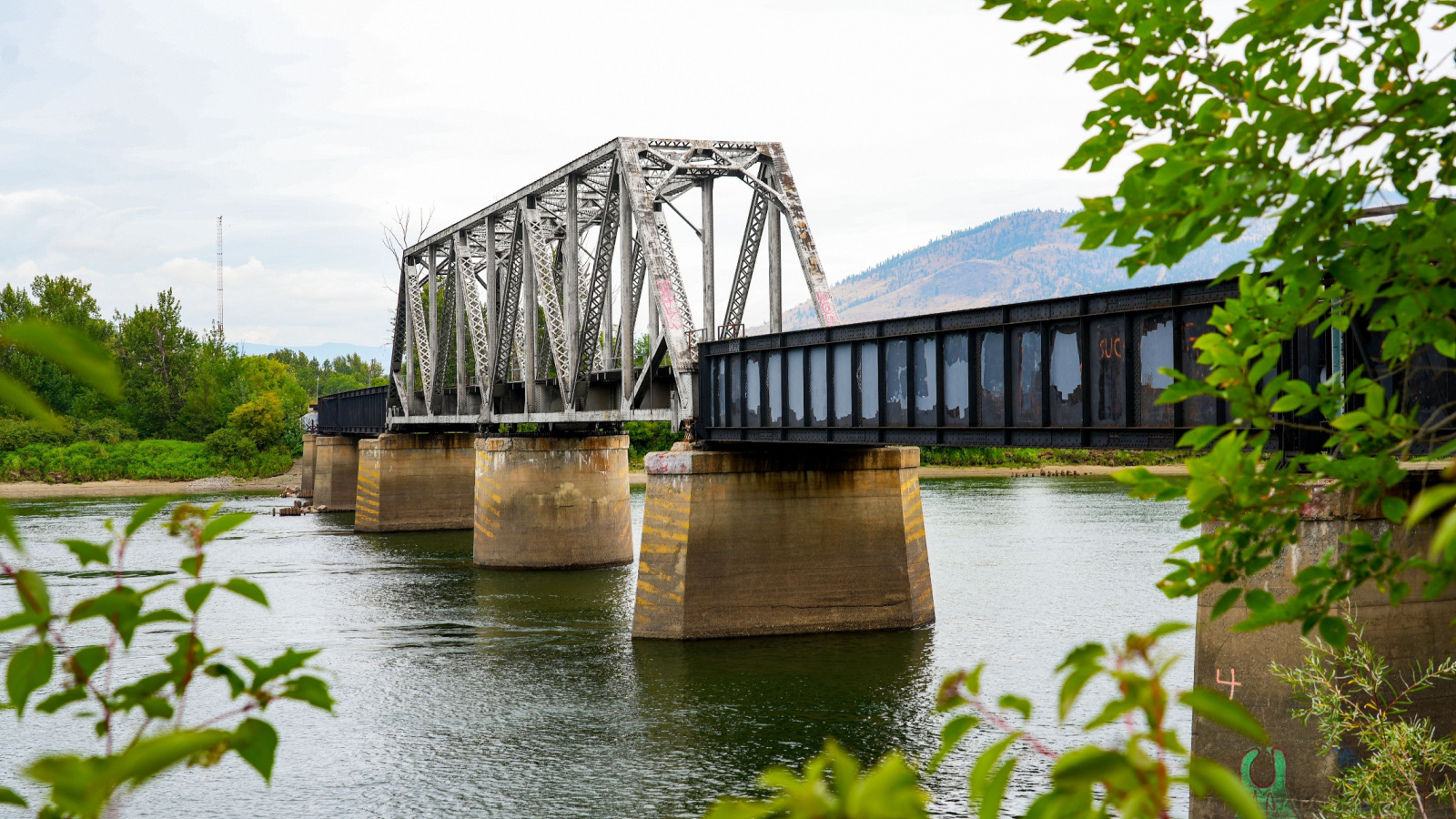
Several small towns in the Bridge River Valley, like Bralorne and Pioneer, rose during the gold rush era. When mining declined after World War II, populations shrank dramatically. Pioneer became entirely deserted, while Bralorne lingers with only a handful of residents. Abandoned mills and houses sit in the mountains, preserved by dry air. Occasional tourism ventures attempt revivals, but the harsh winters and isolation keep growth limited. The valley stands as an open-air museum of gold rush ambition and its inevitable collapse.
Glenbow, Alberta

Located near Cochrane, Glenbow was once a sandstone quarrying town in the early 1900s. It supplied stone for Calgary’s early buildings. When the quarry closed in 1912, workers left quickly. Today, the Glenbow Ranch Provincial Park protects the ruins, foundations, kilns, and rail lines visible among the grasslands. Though just minutes from urban centers, its quiet ruins contrast sharply with nearby development. The park’s educational signage ensures its history endures even as nature and time erase its remaining traces.
Big Muddy Settlements, Saskatchewan

Near the U.S. border, the Big Muddy Valley hosted several small outlaw and ranching settlements in the early 1900s. Harsh winters and limited resources drove residents away. What’s left are crumbling homesteads and a few cemeteries scattered across the valley. The area now attracts tourists interested in history and geography, but the towns themselves never revived. Their disappearance highlights how settlement dreams met reality in Canada’s unforgiving prairie climate. Big Muddy’s vast, empty landscape preserves the ghostly remnants of those early pioneers’ ambitions.
21 Products Canadians Should Stockpile Before Tariffs Hit

If trade tensions escalate between Canada and the U.S., everyday essentials can suddenly disappear or skyrocket in price. Products like pantry basics and tech must-haves that depend on are deeply tied to cross-border supply chains and are likely to face various kinds of disruptions
21 Products Canadians Should Stockpile Before Tariffs Hit
